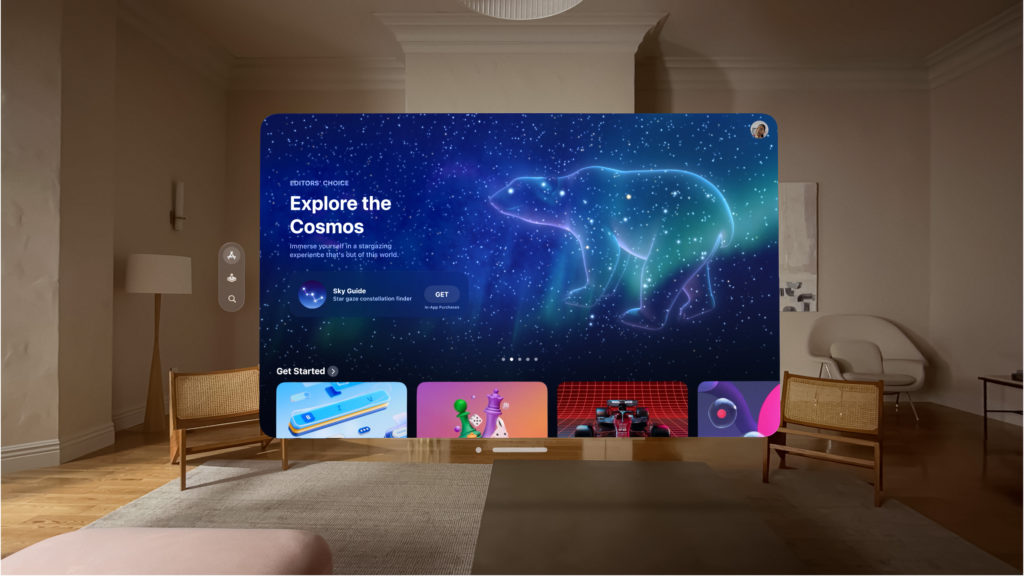This week Apple unveiled the Apple Vision Pro, a computer in the form of augmented reality glasses. With them you can see, hear and interact with 3D digital content by using your eyes, hands and voice to control the different functions. For example, you will be able to capture videos, photos, watch movies, series, games or make video calls as if you were physically present. In addition, the sound of this new device promises to be of high quality, just like its video.
Here is a short video of this new device:
Price and availability
These augmented reality glasses will be available from next year for a starting price of $3,500 – yes, exactly $3,500, so they won’t be accessible to everyone.
Apple and the typologies of competitive strategies
In marketing, a competitive strategy is one that allows you to maintain economic supremacy over time over your competitors. Each project decides what its competitive advantage is based on its resources and capabilities, i.e. its ability to coordinate resources and apply them to productivity.
A priori, we could say that the competitive advantage of Apple and its Apple Vision Pro is the competitive strategy based on the differentiation of a product, since it is a competitive strategy based on product differentiation:
- It bases its strategy on superior and unique product features such as quality, design, technology and exclusivity.
- It also bases its strategy on the enhancement of its brand image through marketing strategies.
- The product is perceived by consumers as an object that brings them value.
In other words, Apple bases its strategy on the fact that it offers a unique and better product than its competitors by providing value to its customers and meeting their needs. It also relies on the power of its brand to demonstrate that its product is better than that offered by its competitors. For all these reasons, it increases in price to justify its high value. Other brands that do this for example are often car brands such as Alston Martin, Bugatti or Ferrari, where you pay a premium price for the great value of the product, its features and the strength of its brand.

Marketing strategy mistakes
Now the question is, are the features of Apple’s new device so high and in such demand by their target audience that they can afford to sell their device at $3,500 for the cheapest glasses?
It may happen that even if the price of the product is increased, the value perceived by customers is either standard compared to other VR headsets or the value is perceived as low. In either case, the result will be a disastrous strategy.
Increasing the price but without increasing the perceived value for buyers is a very risky strategy that can only be successful in the case of a single monopolistic firm that is protected by laws or barriers to entry for other competitors. In competitive circumstances, with phone giants such as Samsung or Huawei, this strategy is doomed to failure.
What do you think will happen with this new Apple product?
